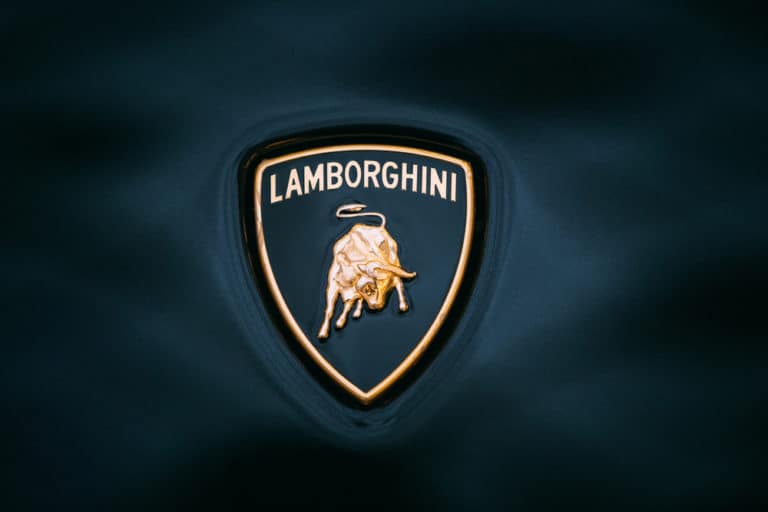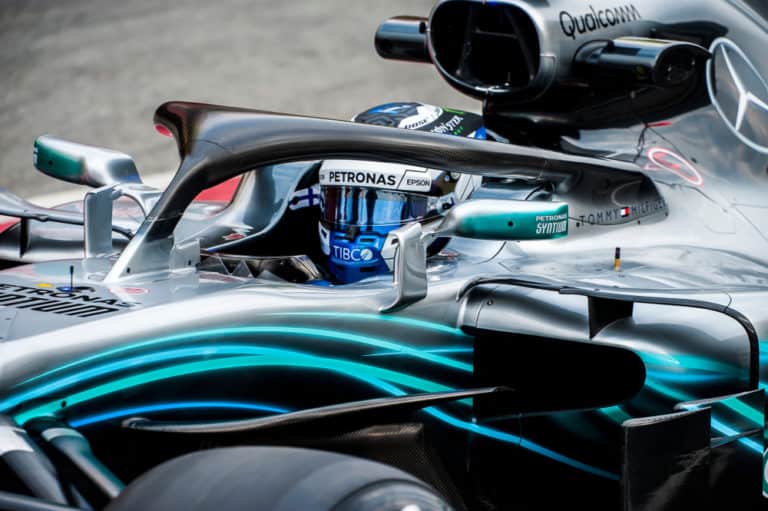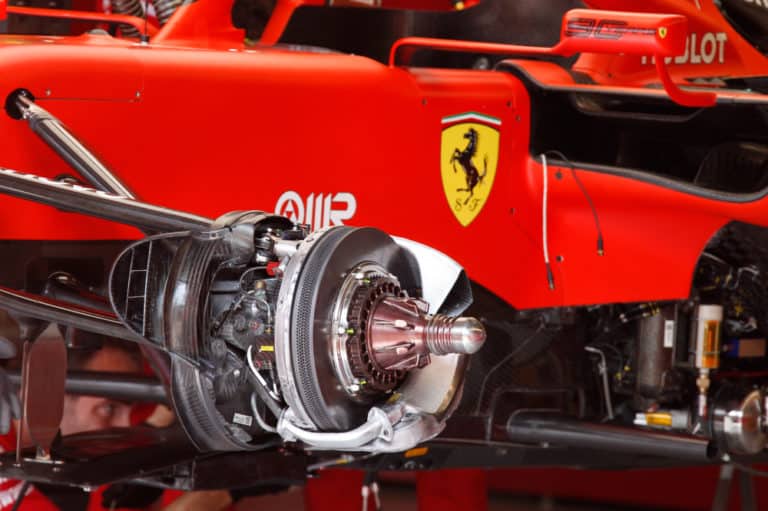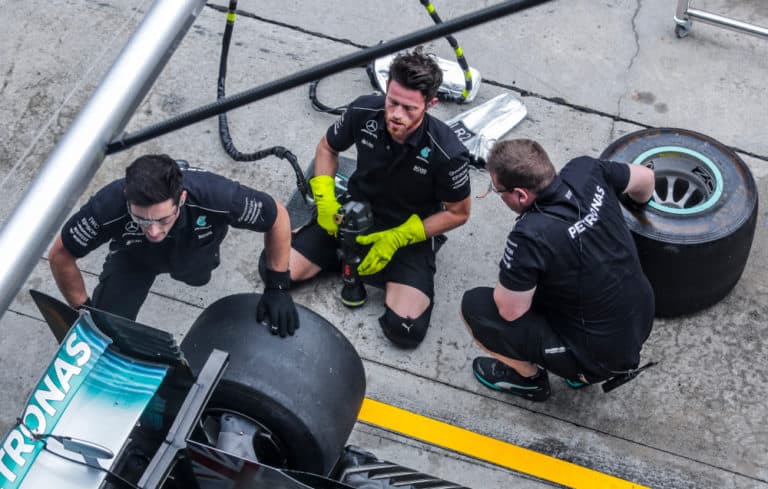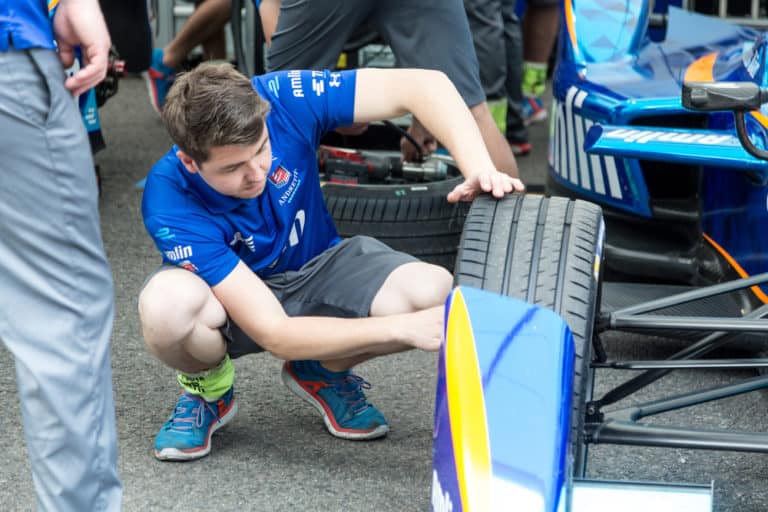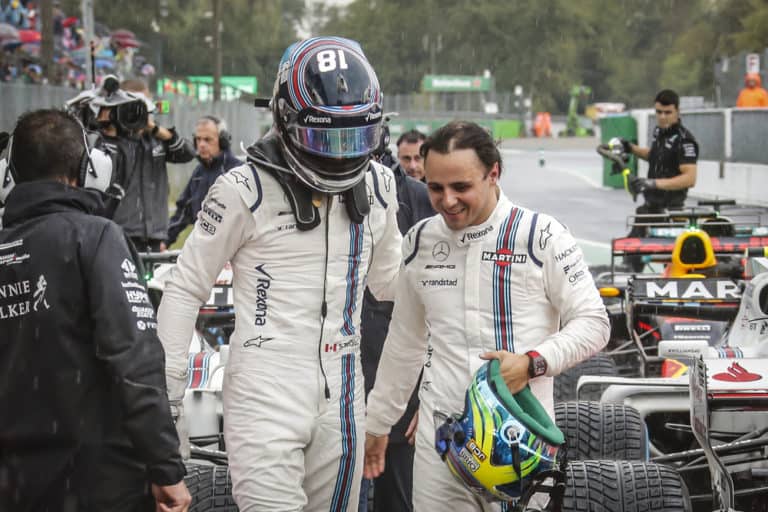In a sport that tries to not only stay at the cutting edge of technology but also to extend the knowledge boundaries of what is possible, Formula 1 offers incredible opportunities for aspiring engineers.
The way to get into Formula One engineering is to carefully study which of the many disciplines Formula One teams need. These can be split into two skill sets, aerodynamics, and mechanical engineering; however, each requires a post-graduate engineering degree.
There are many opportunities for engineers specializing in different disciplines, which include.
If you’re looking for some F1 merchandise, check out the awesome stuff at the official F1 store here.
The Trackside Engineers
The most visible roles are carried out at the track, involving engineers filling the following roles.
- The Race Engineer.
- The Performance Engineer.
- The Controls Engineer.
- Engine Systems Engineer.
- The Strategy Engineer.
The Race Engineer
There are two race engineers for each team, one for each driver.
The race engineer is the person who coordinates the activities of the team with the driver and his response.
During a race, the only person on the team who is in contact with the driver is the race engineer.
He keeps an eye on the track and keeps the driver informed of all the developments in this regard. He will notify the river if there is a yellow flag, even though this appears on the driver’s display.
He will also provide any race control messages aimed at the driver. It may include the results of an investigation of an incident the driver was involved in and the penalties that may have been applied.
He watches how competing teams are doing and will notify the drives of relevant data about those teams, particularly those in a similar performance category and who represent the driver’s biggest threat.
The race engineer is also the driver’s discussion partner when they are looking for added performance or if a problem needs to be resolved with the car.
Where Does The Race Engineer Sit?
Race engineers sit inside the garage, allowing the whole engineering team to be together and, when necessary, discuss a management plan for a situation or bring together tweaks from each department that may improve overall performance.
Another benefit is that there is less noise in the garage, and conversations can be held in a less stressful environment.
Safety is also a factor; if the race engineer needs to have a conversation with the team members, he now doesn’t need to expose himself to the danger of crossing the pit lane.
It also allows the race engineer to keep his finger on the pulse of what is happening in the garage and possibly stop mistakes that may be about to happen.
The Performance Engineer
The Performance Engineer is the race engineer’s right-hand man during all phases of an F1 weekend.
The performance engineer works behind the scenes studying the car’s performance and reviewing telemetry and other data, which may give a clue as to what the car is doing. An example of this role’s importance is the situation the Mercedes team found themselves in during the 2022 season.
After winning eight Formula One world championships, Mercedes found themselves in a strange predicament, as the new 2022 car was not proving to be competitive and experienced handling issues, porpoising, and an engine that was not as powerful as the top two teams.
The performance engineer’s job would be to scrutinize the telemetry readings and the drivers’ feedback to determine what was causing the issues. He would also actively communicate to the driver through the race engineer, suggesting different settings or other advice on improving times.
On this review, he will leave no part of the car unexamined and will always be looking for ways to extract more performance from the car
The Controls Engineer
As the name suggests, the controls engineer will be studying how all the car controls are working and will be looking for settings that can assist the driver in making the car more reliable during a race.
He will monitor the gearbox and how the brake balance is set up and will constantly be searching for opportunities to extract every ounce of the car’s reliability, useability, and performance.
The job function is also responsible for the cars set up after being delivered to the track and managing the necessary preparations before the race starts.
At the end of the weekend, the control engineer is responsible for overseeing the dismantling of the car in preparation to have it delivered back to the team’s factory or the next track for racing.
The Engine Performance Engineer
The engine performance engineer will be in continual contact with the engine manufacturer (another team) and will focus his efforts on ensuring the engine is performing optimally, both in terms of power and reliability.
If they find a clue that can lead to a performance improvement, this will be communicated to the Race Engineer will talk to the driver about changing system settings on the power unit.
This function is very challenging with modern F1 engines comprising three different power sources. It demands very strong attention to detail and the ability to communicate well and decisively.
Engine Systems Engineer
The engine systems engineer works in conjunction with the engine performance engineer.
The engine systems engineer will constantly assess which engine modes will produce the best balance between power and reliability.
The calls sometimes relayed to television viewers include statements like “change engine mode 1B to 2C” (a fictitious example). Although the race engineer’s voice is heard, the instruction will have come from the Engine Systems Engineer.
The Strategy Engineer
The strategy engineer works in consultation with all the different trackside engineers and is responsible for the team’s strategy over the race weekend.
The strategy employed will be broken up into three timeframes, as follows.
- Pre-Event Strategy.
- Race Day Strategy.
- Post Event Strategy Review.
Pre-Event Strategy
Pre-event strategy planning and tire selections include formulating a plan for the proposed tire use during the weekend.
It will include as much information as possible on the likely tire strategies to be used during the upcoming weekend, which means that a detailed understanding is needed of the
- The tire compounds provided by Pirelli for the weekend
- Typical heat at the track.
- The road surface.
- Meteorological data.
Race Day Strategy
Throughout the race weekend, continuously evolving the strategy, the engineer will have to monitor the daily real-time conditions and how the competitors react, influencing the pit stop strategy.
The strategy engineer mustn’t fixate on one plan only, but if the circumstances change, there must be enough flexibility to change the pre-determined plan.
It may include changing pit stop timings, the tires to be used, pace management, and keeping an eye on traffic conditions.
Changing conditions include anything from
- Rain.
- Safety cars.
- Yellow Flags
- Red flags
- Managing penalties imposed on the driver.
Post Event Strategy Review
After the race event, a full review of the planned strategy versus the strategy used must be undertaken.
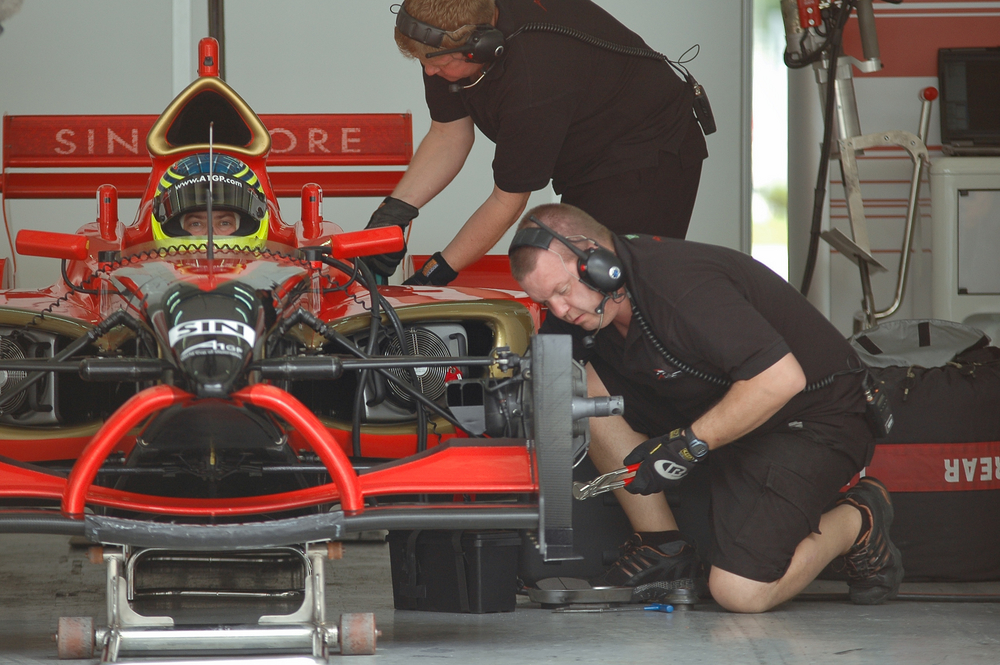
The Factory Engineers
While the most visible and seemingly most exciting engineering positions are the +-20 engineers at the track, there are generally more than 1,500 people (bigger teams) behind the teams at the factory.
Many of these positions include backroom supporting functions, such as accountants, human resources, and management; the majority have a technical bias.
A large variety of engineering skills is used by a typical formula one team, which can be summarized under the following categories.
- Mechanical engineering
- Aerospace engineering
In each of these main fields, staff work through the different stages of a component’s life cycle.
These include.
- The concept and design.
- Ongoing reliability testing as well as refinement and Improvement.
- Race preparation
Within these components, there are engineers who have the skillsets needed to work in the different areas of the car’s development.
The Concept And Design
Moving the conceptual F1 car from an understanding of the regulations to the final design ready for manufacture is the design team’s responsibility.
This team consists of an overall technical director who is responsible for the design of each of the components.
Included in the technical resources are.
- Aerodynamics Engineers
- Mechanical Engineers
Aerodynamics Engineers
The aerodynamics engineers are responsible for designing, constructing, and testing the team’s F1 car. They will also conduct basic and applied research to evaluate the adaptability of materials and equipment and the design and manufacture of the F1 car.
The aerodynamic engineer will be responsible for the design and integration of all the aerodynamic surfaces allowed or required by the FIA regulations, which include.
- The Rear Wing,
- The Drag Reduction System (DRS)
- The F1 Cars Floor (Ground Effect) System.
- Front Wing
- Barge Board Area (Cars before the 2022 Regulations)
- Side Pod Area
- Floor
- Diffuser
- Brake Ducts
- Nose Cone Area
- Engine Cover
Included in this team will be specialists who
- Computational Fluid Dynamics Engineers.
- Simulation And Modelling Engineers.
- Wind Tunnel Test Engineer.
Mechanical Engineers
The mechanical engineer will be responsible for implementing the design requirements in every car component.
In turn, some individual mechanical engineers or technicians will be responsible for the design and integration of all the vehicle’s components, including
- The running gear.
- The engine.
- The steering systems include the complex steering wheel.
- The braking systems.
- The fuel system.
- The cooling system.
- All the control linkages.
- The communication systems.
The mechanical engineers will influence the advanced equipment used at the track for pit stops.
Any other component is needed to make the car run optimally.
The Manufacture And Testing
take technical ownership of the design and delivery of projects
The team responsible for taking
- Taking the formative ideas developed by the concept and design team.
- From the prototyping stage to end-use.
This department is responsible for implementing the best practice manufacturing techniques and producing the components, which will ultimately be constructed into a working formula one car.
The individuals in this team will have skills relating to.
- Manufacturing engineers
- Materials handling.
- Production Engineer.
Testing As Well As Refinement And Improvement
The engineers responsible for ongoing testing, refining, and improving the various component of the car will fall into the Design And Development Engineer category.
Test, Design, And Development Engineer
A Test Design And Development engineer is a support member of the team’s engineering department and runs ongoing quality assurance tests of the car’s components.
The result of the test, design and development engineers’ efforts is to.
- Improve individual components of the car’s performance and efficiency,
- while also researching and developing new designs and production methods to improve them
Education Requirements
There are a few paths into F1 engineering open to aspiring engineers, but all require an interest in STEM (Science, Technology, Engineering, Math) subjects.
In school, that would include a talent for
- Math’s
- Physics
- A second language (foreign entities own most F1 teams)
After school, a university education is required, and examples of the different courses which would world well in these fields would include Bachelor’s and possibly Master’s degrees.
- Math’s
- MEng Mechanical and Manufacturing Engineering
- Computational Fluid Dynamics (CFD)
- Aerodynamics
- MSci – Physics with Theoretical Physics
Conclusion
The road to becoming an engineer in a formula one team is long and needs commitment and passion for achieving the goals. Whether you join an F1 team or not, these qualifications will ensure that you will be accepted in many other career paths and will be amply rewarded for all the hard work you completed.

